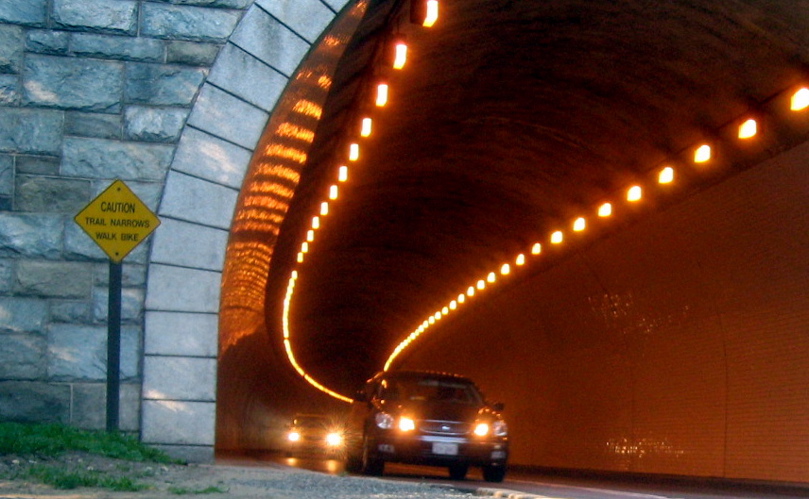
As many people have now realized, the current highway-based, auto-oriented Gaithersburg West sector plan will waste money on unsustainable, outdated forms of growth that will lead to more congestion and auto-centric developments. However, attention must be paid to the serious negative effects I-270 highway expansion will have on areas other than Montgomery County, particularly the District of Columbia. The foregone conclusions of the traffic studies say little about the effects of this decision elsewhere in the region.
The technology companies of Montgomery County have tremendously contributed to the economic growth of the greater Washington region, and more jobs and more vitality in the future are a boon. However, the design of any new developments must also have a positive effect on the rest of the region. Employing effective land use policies, encouraging compact development, and investing in efficient transportation will increase the benefits to the region in many other ways.
Vastly increasing the capacity of highway-scale roads throughout the region will likewise increase the number of automobile trips undertaken. Wider highways up the road will only encourage growth, which will bring calls for I-270 widening closer to the District, just as the highway lobby has pushed planners with good intentions to widen I-66. But that, in turn, will only make trips from further out easier, and so more individuals will opt to drive from further out, filling up the highway. Conversely, any resident of DC that finds a job in the corridor will have to commute from the city by car or move and still commute by car.
But between the Beltway and downtown, where will these drivers go? The project assumes that people will basically commute from Clarksburg to Gaithersburg. Although many will commute within the corridor, history has shown that many will also continue on into DC, into the growing Central Business District. Some, perhaps, will park and ride the Metro or MARC in. But most will simply drive in, pouring cars into the city, onto Wisconsin Avenue, Connecticut Avenue, Beach Drive, Georgia Avenue, Sixteenth Street, River Road, and the Clara Barton Parkway.
The new drivers, passing through the neighborhoods of Northwest will themselves be more traffic, meaning more idling, more speeding, and more side-street cut-throughs. The idling and the stop-start traffic will not only make everyone’s commute harder – the new cars will compete with the excellent bus service in Northwest – the engines will release greenhouse gases and noxious pollutants into the air along the way. Moreover, all the new, frustrated drivers will add more than a few chances for injuries and collisions.
For all the fears that middle-height transit oriented development along corridors in northwest, the sprawlway will have much more severe and lasting consequences for Wards 3 and 4. Politicians and citizens alike need to support rational development, development of a reasonable density, designed for humans, and designed for transit accessibility. Only through TOD can one part of the region grow without adversely affecting the others. But more importantly officials need to coordinate with their peers in Maryland, Virginia, and the District of Columbia to and work together as a whole, the way the economy of the region does. Otherwise, no infrastructure project can be said to benefit the region, especially one with such an adverse impact as the Sprawlway.